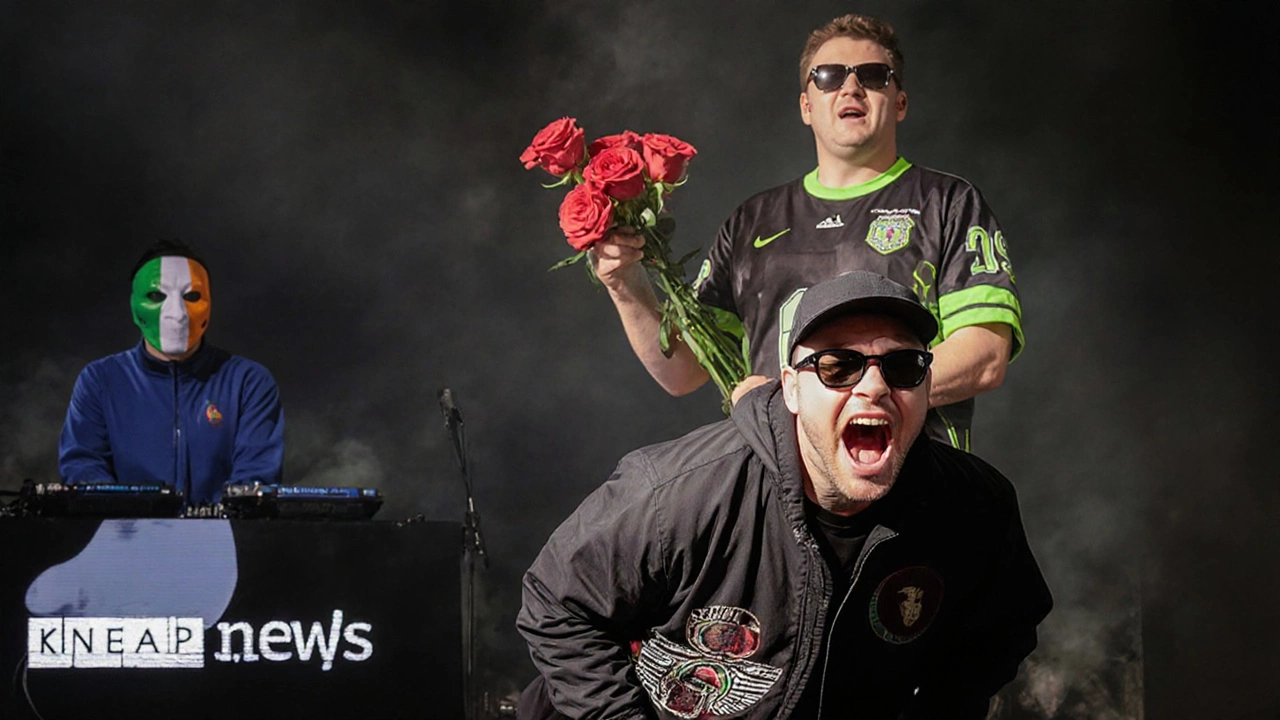Irish language rap – what it is and why you should listen
If you’ve ever heard a rap song in English, you can imagine how it feels when the flow switches to Irish. Irish language rap, also called Gaelic rap, mixes the rhythm of hip‑hop with the sounds of the Irish language. The result is fresh, energetic music that celebrates Ireland’s culture while sounding modern.
Why does it matter? Irish is a living language spoken by millions, but many people think of it as mostly academic or traditional. Rap brings it into clubs, playlists and online streams, making the language feel relevant to young listeners. It also gives Irish‑speaking rappers a platform to share stories about life, identity and community.
Where the movement started
The first Irish language rap tracks appeared in the early 2000s, when a handful of artists began experimenting with beats and Irish lyrics. Groups like Macnas and solo acts such as Daibhlinn laid the groundwork, blending traditional Irish melodies with hip‑hop drums. As internet streaming grew, more rappers uploaded their songs to sites like SoundCloud and YouTube, reaching a global audience.
By the 2010s, festivals such as Electric Picnic started booking Irish rap acts, giving the genre a bigger stage. Today you’ll find Irish language rap on mainstream charts, radio shows and even in school music programs.
Top artists to check out
If you’re new to the scene, start with a few key names. MuRda mixes witty wordplay with punchy bass lines, while MoChroí draws on folk influences for a more melodic vibe. Oirthear is known for socially conscious lyrics that tackle topics like climate change and language preservation.
These artists often release music videos that showcase Irish landscapes, street art and community life. Watching the videos helps you see how the language and culture blend with the visual style of hip‑hop.
How to start creating Irish language rap
Want to try rapping in Irish yourself? Here’s a quick roadmap:
1. Learn the basics of Irish. You don’t need fluency, but a solid grasp of pronunciation and common phrases will make your verses sound natural. Online courses, YouTube lessons and language apps are great starters.
2. Study the beats. Listen to a range of hip‑hop instrumentals and notice how the rhythm fits with Irish syllable patterns. Irish words often have longer vowel sounds, so adjust your flow accordingly.
3. Write simple lyrics. Begin with short lines about everyday topics—your hometown, a favorite sport, or a funny experience. Keep the rhyme scheme simple; you can add complexity later.
4. Record a demo. Use a basic microphone or even a phone app. Focus on clear diction so listeners can understand the Irish words.
5. Share and get feedback. Post your track on community groups, forums or social media pages dedicated to Irish music. Constructive criticism will help you improve faster.
Remember, the most important thing is to have fun and stay authentic. Irish language rap thrives on genuine storytelling, so let your own voice shine.
Whether you’re a fan looking for fresh playlists or an aspiring MC wanting to rap in Irish, the scene is alive and growing. Dive into the tracks, follow the artists, and maybe create your own verse. The beat is waiting—just add the words.

British courts have dismissed terrorism charges against Mo Chara of the Irish‑language rap trio Kneecap. The case stemmed from the singer holding a Hezbollah flag onstage, sparking a debate over artistic freedom and political symbolism. The judge’s decision has reignited discussion about how anti‑terror laws intersect with cultural expression. Kneecap’s fans and critics alike are weighing in on the outcome.
Read more
